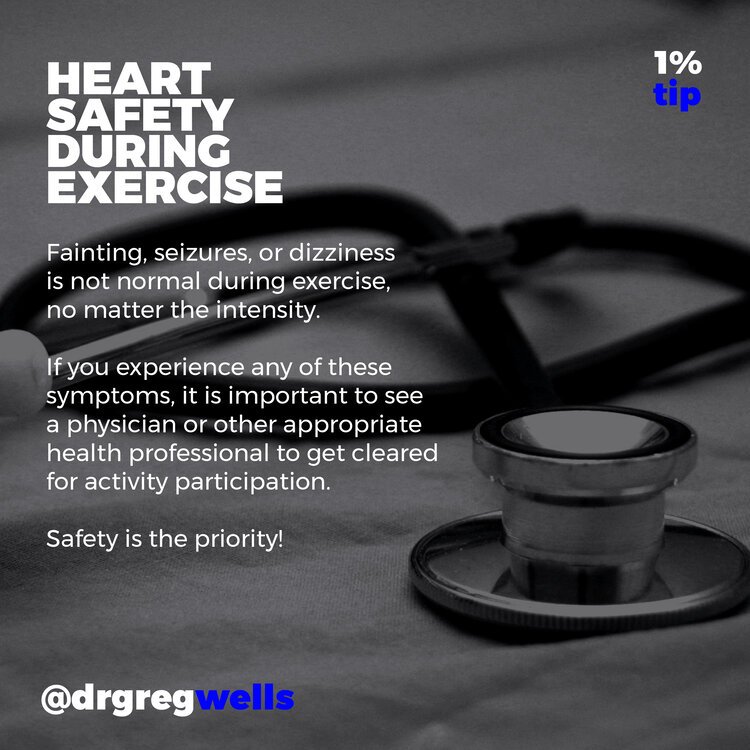Heart Health
A couple weeks ago we talked about the important role of the lungs in the oxygen transport system. This week we’re going to discuss the other major player in this system: the heart.
The heart is an organ made up of smooth muscle and serves to carry blood through the human body. The heart pumps blood to the lungs to be oxygenated and then pumps that oxygenated blood to our brain, organs, and muscles through the circulatory system. Without the heart, we’d be unable to deliver oxygen to the cells in our body.
During an average human life, the heart will beat about three billion times. Heart rate is the term used to describe the frequency of heart beats and is measured in beats per minute (bpm). Your heart rate will speed up or slow down, depending on the need for blood (and oxygen) in the body. For example, if you start running, your leg muscles will need more oxygen to do the work. Therefore, your heart will have to pump more oxygen-carrying blood to those working muscles and will need to beat more rapidly to supply that blood. The heart has the capacity to increase its workload considerably to fuel the body during times of physical demand. During intense exercise, the heart rate may increase up to 200 bpm, or even higher in young fit individuals!
Although heart rate can go up to 200+ bpm during intense exercise, having a low resting heart rate (RHR) is a good indicator of fitness and health, as it means that the heart isn’t working as hard at rest. With a lower heart rate, your heart is more efficient at pumping blood so doesn’t have to work as hard to deliver oxygen and nutrients to your tissues. Highly trained athletes with strong, efficient hearts can have a RHR of around 40 bpm!
But resting heart rate is also a good indicator of longevity and disease. Research has shown that if you have a high resting heart rate, you are more likely to be affected by a chronic disease and have a shorter lifespan. People with lower-resting heart rates generally have healthier cardiovascular systems, experience lower nervous system stress, and are more likely to live longer.
While not the only indicator of health and fitness, resting heart rate is a quick and easy way to check how you’re doing on a daily basis. To measure your heart rate, place two fingers and apply light pressure between the trachea and the long muscle that runs up and down next to your windpipe to feel the pulse in your carotid artery. Then, using a timer, count the number of beats in 10 seconds (start counting at zero) and multiply by six to get the number of heartbeats in one minute. For the most accurate measure, do this as soon as you wake up and while still lying in bed - even sitting up will increase your heart rate!
You can also measure resting heart rate using the VIIVIO app. We suggest wearing your Apple watch to track sleep as this will give you the most accurate measure of your resting heart rate. Otherwise, Apple health will measure resting heart rate throughout the day and display it in the RECHARGE function. You can download VIIVIO here!
So now that you know how to measure it, how do you improve your resting heart rate? The most common way you can improve your heart health is through aerobic exercise. Aerobic (or endurance) exercise is any sort of exercise in which you’re moving your body for an extended period of time. Typical aerobic activities include jogging, cycling, hiking, swimming, rowing, etc. By doing aerobic activities over time, you gradually strengthen your heart muscles and increase the amount of blood your heart can pump out each heart beat (referred to as stroke volume). This means that every heart beat is more efficient, and therefore the rate at which your heart beats at rest is lower.
If you’re new to aerobic exercise or have gotten out of the habit, here are some tips/reminders to help you:
Anything is better than nothing. Research has shown that even low levels of physical activity (equivalent to 75 minutes of brisk walking per week) decreases risk of all-time mortality by about 20%, compared to being sedentary.
You can start by just increasing the length or intensity of an activity that you're already doing throughout the day. For example, take your daily walk up a notch by incorporating some speed walking or light jogging into it. Or replace one walk per week with a jog, bike ride, hike, or swim.
Do something you enjoy so that you stick with it! It’s much better to do a daily walk than to do an intense exercise regime that you quit after a week. So find an activity that you like and add it to your routine.


